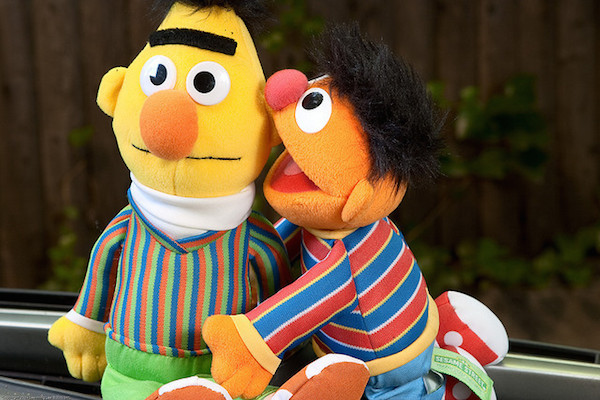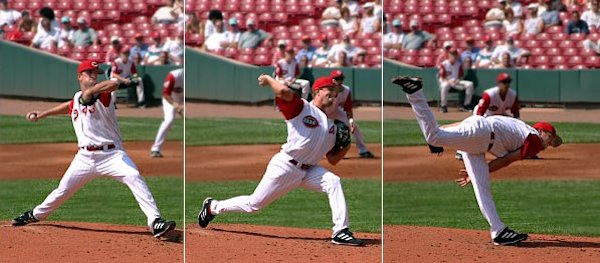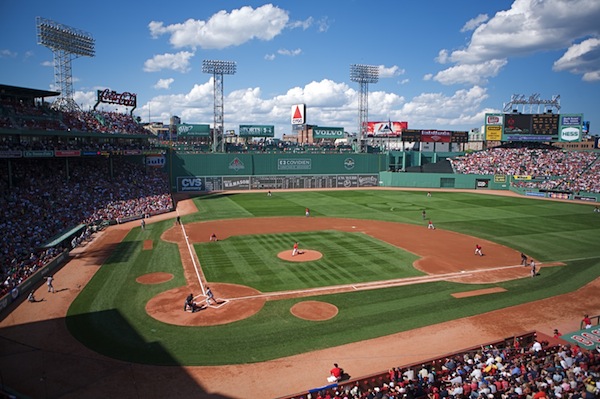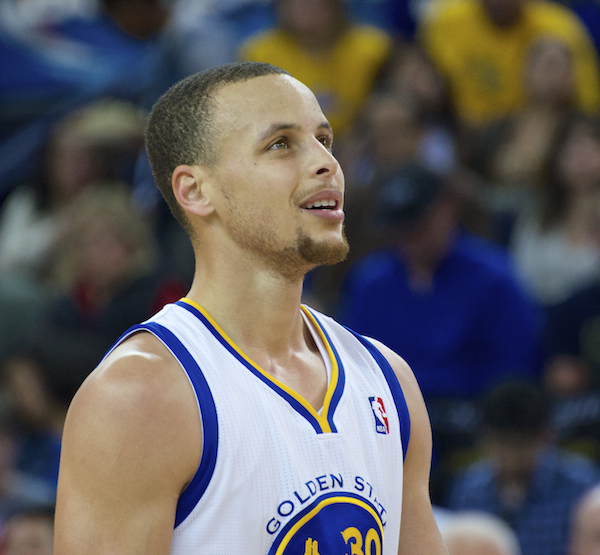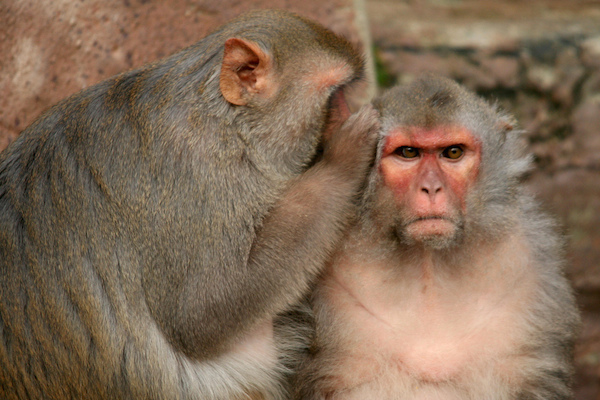If you are a sports fan or if you live with a sports fan then your weekly schedule becomes inextricably linked with what sporting events are on at what times during each week. The conflict between missing a sporting event for a poorly committed to social event and missing an appealing social event to watch a game is an important balancing act in any kind of romantic, familial, or business relationship between a sports fan and a non-sports fan. To help facilitate this complicated advanced mathematics, Dear Sports Fan has put together a table showing the most important sporting events of the upcoming week. Print it out, put it on your fridge, and go through it with your scheduling partner.
For detail on the all-popular, all-powerful NFL, which groups most of its games on Sunday afternoons, see our NFL Forecast.
Download a full-size copy here.
Monday: Feast on soccer in the afternoon. You can get a good British professional soccer game on NBC Sports Network or enjoy the international stylings of Mexico and Ecuador’s Under-17 men’s teams in one quarterfinal of that age group’s World Cup. In the evening, the Monday Night Football game pits the undefeated Carolina Panthers against a disappointing Colts team who finally went public with the nature and extent of starting quarterback Andrew Luck’s injuries this weekend. Why tell the world before a game? Maybe just to lower expectations and potentially save the coach’s job.
Tuesday: As I’m writing this, we don’t know if the Mets will win Game Five of the World Series and survive to play another day. If they do, it will be tonight and Kansas City will play in Kansas City with a chance to win the World Series on home field. Other than that, you’ve got a cross-country matchup in the NHL and a cross-continent one in the UEFA Champions League. (Update – the Mets lost, so there will be no baseball this week.)
Wednesday: If the Mets survive Sunday and Tuesday, then the World Series will come to an exciting end in a winner-take all Game Seven tonight. I doubt this will happen, (Update – it will not happen) but if it does, it will be must-watch, must-drop-everything-else-you’re-doing television. More likely, it will be a quiet sports day whose highlights are a UEFA Champions League game between Bayern Munich and Arsenal and a women’s college volleyball game between Missouri and Texas A&M.
Thursday: Have fun watching an NBA double-header or hunker down and stay out of the cold while watching the battle of Ohio in the NFL. Didn’t know Ohio was worth fighting over? It is! Ask the Bengals and Browns.
Friday: Date night! Honestly — nothing much to see here, go out, enjoy yourself. Don’t worry about me, I won’t stay up waiting for you.
Saturday: Even if you’re not a college football fan, you’ve got to admit that LSU vs. Alabama is going to be one heck of a party/football game/television show. In soccer, the most compelling game is not in the British Premier League but in Italy’s Serie A between AC Milan and Atalanta.
Sunday: In addition to the normal coating of football, there’s a thick coat of soccer today. Major League Soccer will play all four of the second legs (the MLS playoffs are organized into two game series) in the quarterfinals. Added to that excitement are two NCAA women’s championship games, both at 3 p.m., one in the Big East, one in the SEC.
Caveat — This forecast is optimized for the general sports fan, not a particular sports fan. As such, your mileage may vary. For instance, you or the sports fan in your life is a fan of a particular team, then a regular season MLB baseball game or MLS soccer game may be more important on a particular day than anything on the forecast above. Use the calendar as a way to facilitate conversation about scheduling, not as the last word on when there are sports to watch.



